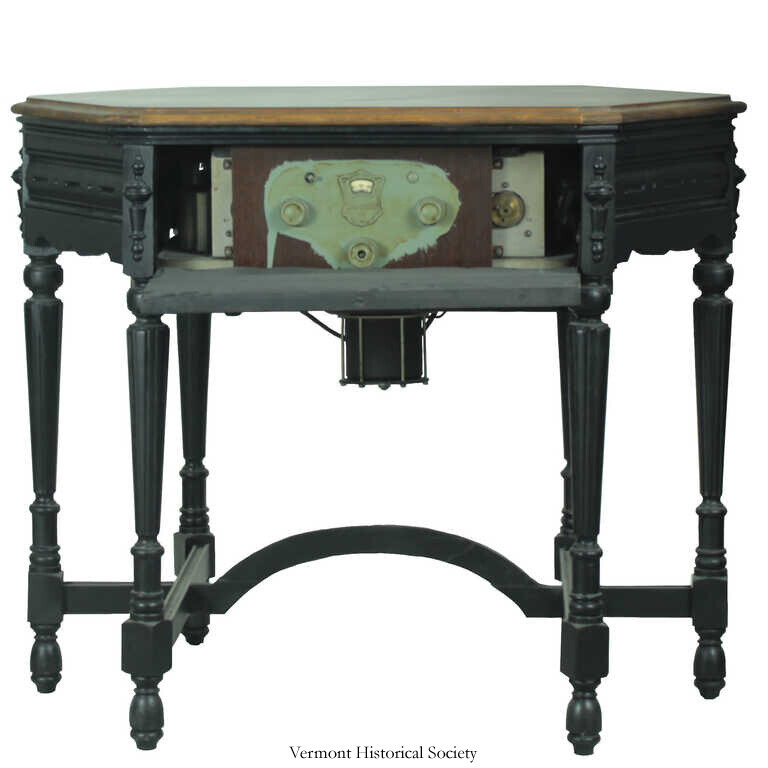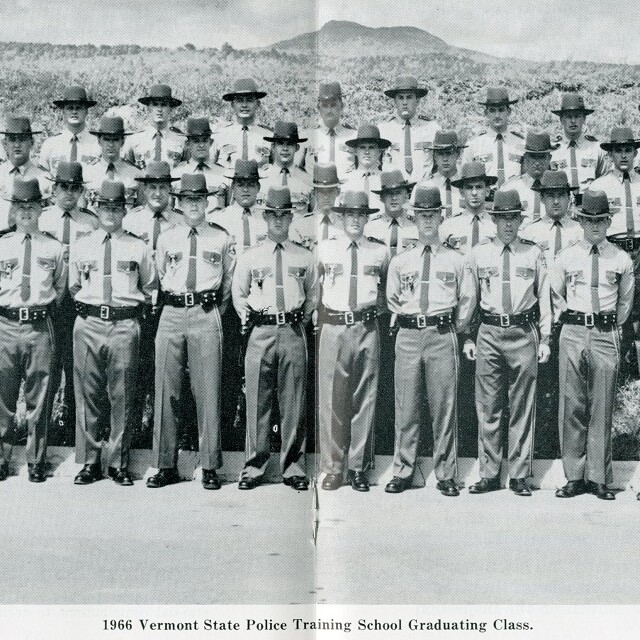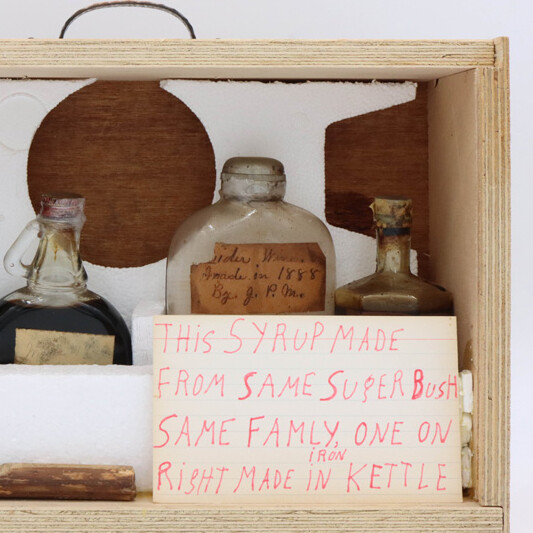Vermont history from 1900-1949
What historic events happened in the first half of the 20th century?
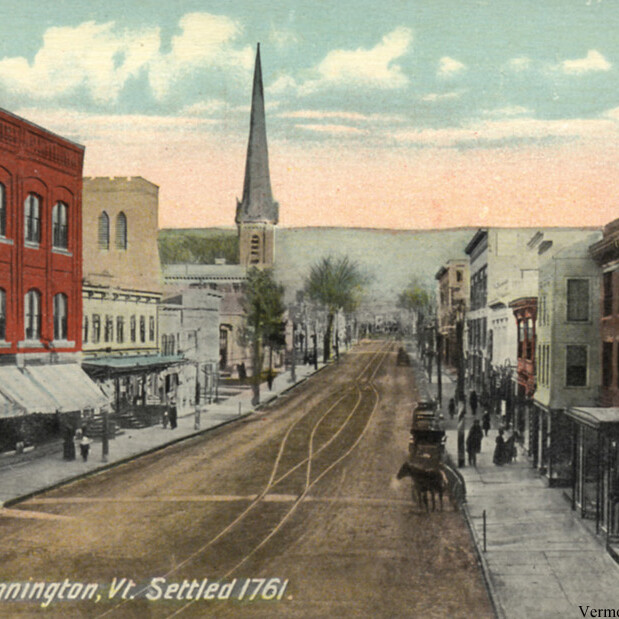
November 6, 1902
A big meeting in Manchester stops the building of an electric trolley car system. People fear that the noise of the cars and the ugly electric wires will keep away tourists.
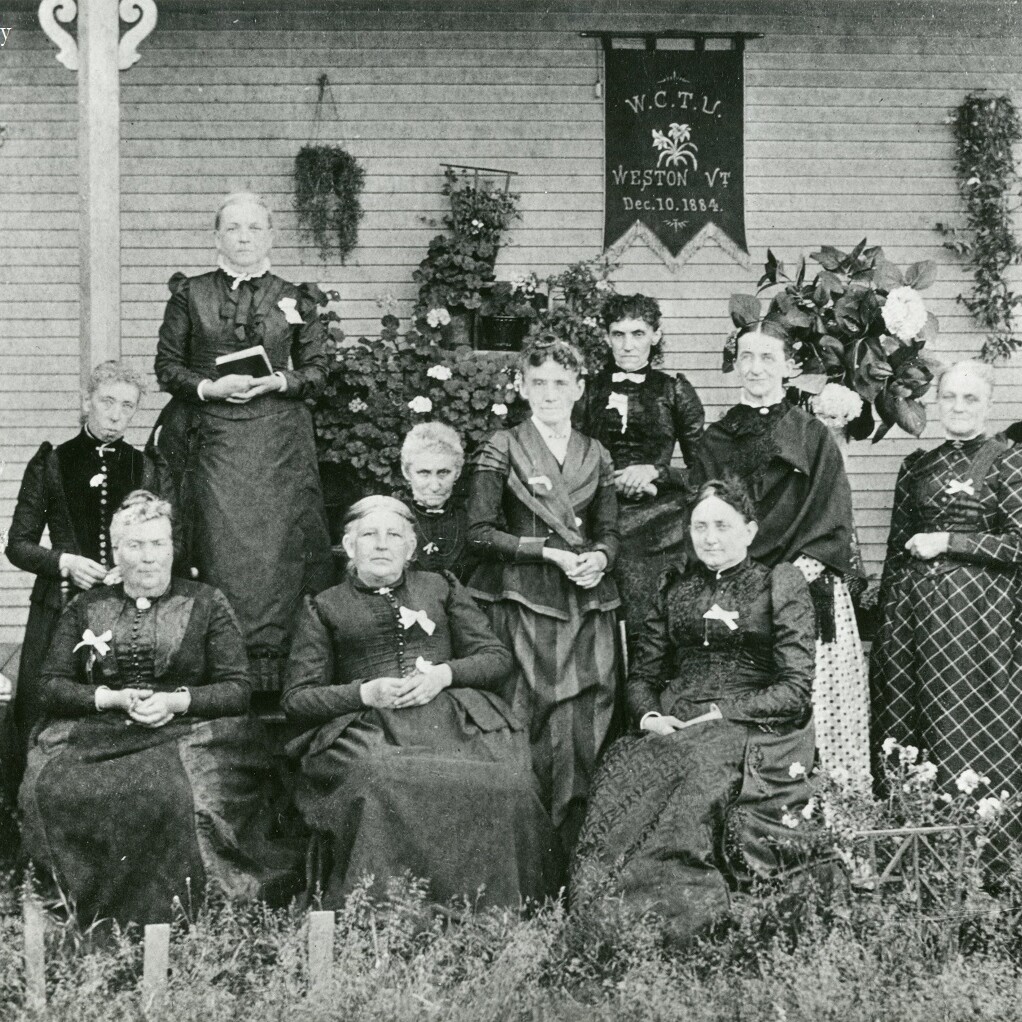
February 3, 1903
Vermont’s state-wide prohibition of alcohol ended. Towns gained the option to allow alcohol use or not. Towns voted each year on this decision. During the time of prohibition, people could not make, sell, or drink alcohol.
April 18, 1906
The Steamboat Ticonderoga was launched on Lake Champlain. The Ticonderoga, which many called Ti, was the last steamboat built along Lake Champlain. People used the boat to travel. The boat operated on the lake almost 50 years. The Ticonderoga was moved to the Shelburne Museum in 1955.
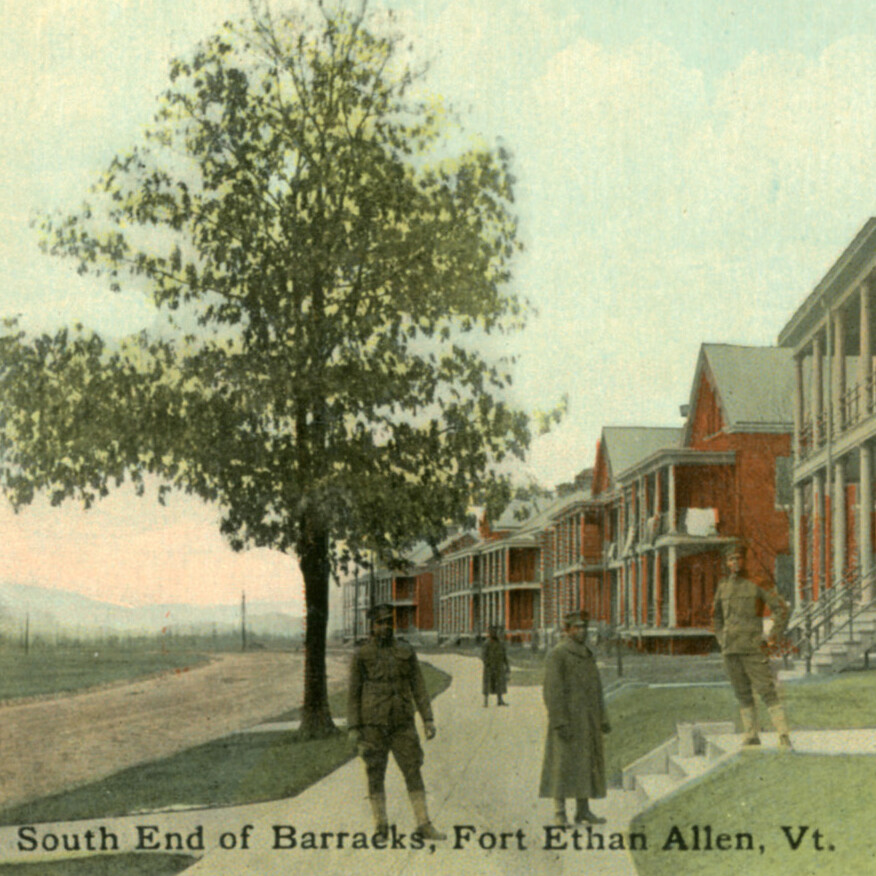
July 28, 1909
The 10th Cavalry(a group of soldiers who fight on horseback) Regiment arrived at Fort Ethan Allen. The Black soldiers, also called the Buffalo Soldiers, served in Vermont until 1913.
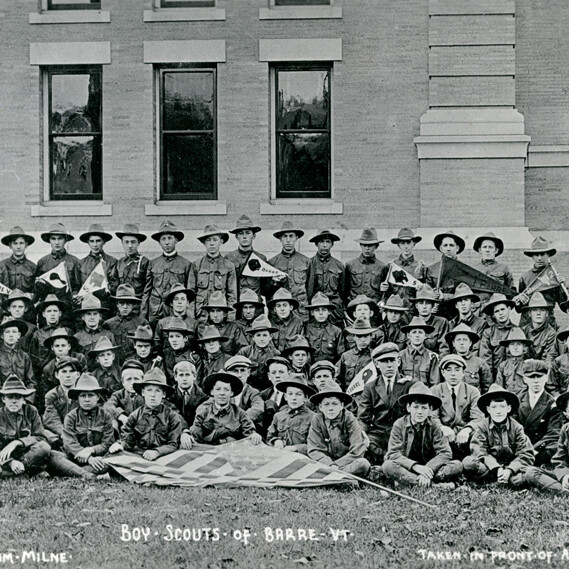
October 29, 1909
At a meeting in the Baptist Church in Barre, a group of fourteen youths started the first Boy Scout troop in America. Their leader, William Milne, was from Scotland, where he got the idea for such a club. One of the charter members of the first American Boy Scout troop, Deane Davis, later became governor of Vermont. In 1950 the United States Postal Service honored the formation of the Boy Scouts of America with a three-cent stamp.
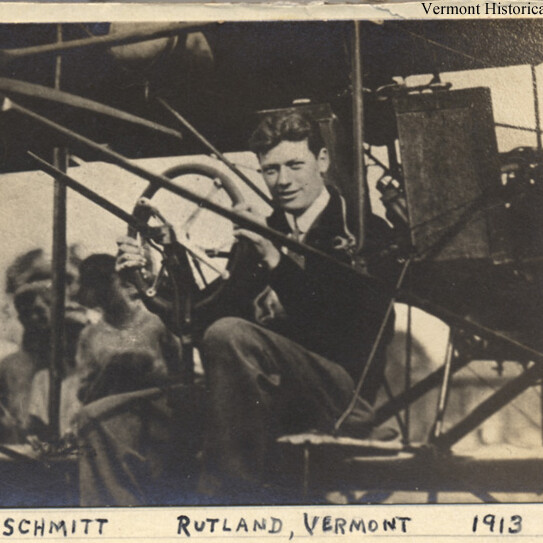
September 8, 1910
Nineteen-year-old George Schmitt of Rutland became the first Vermonter to make an engine-powered airplane flight.
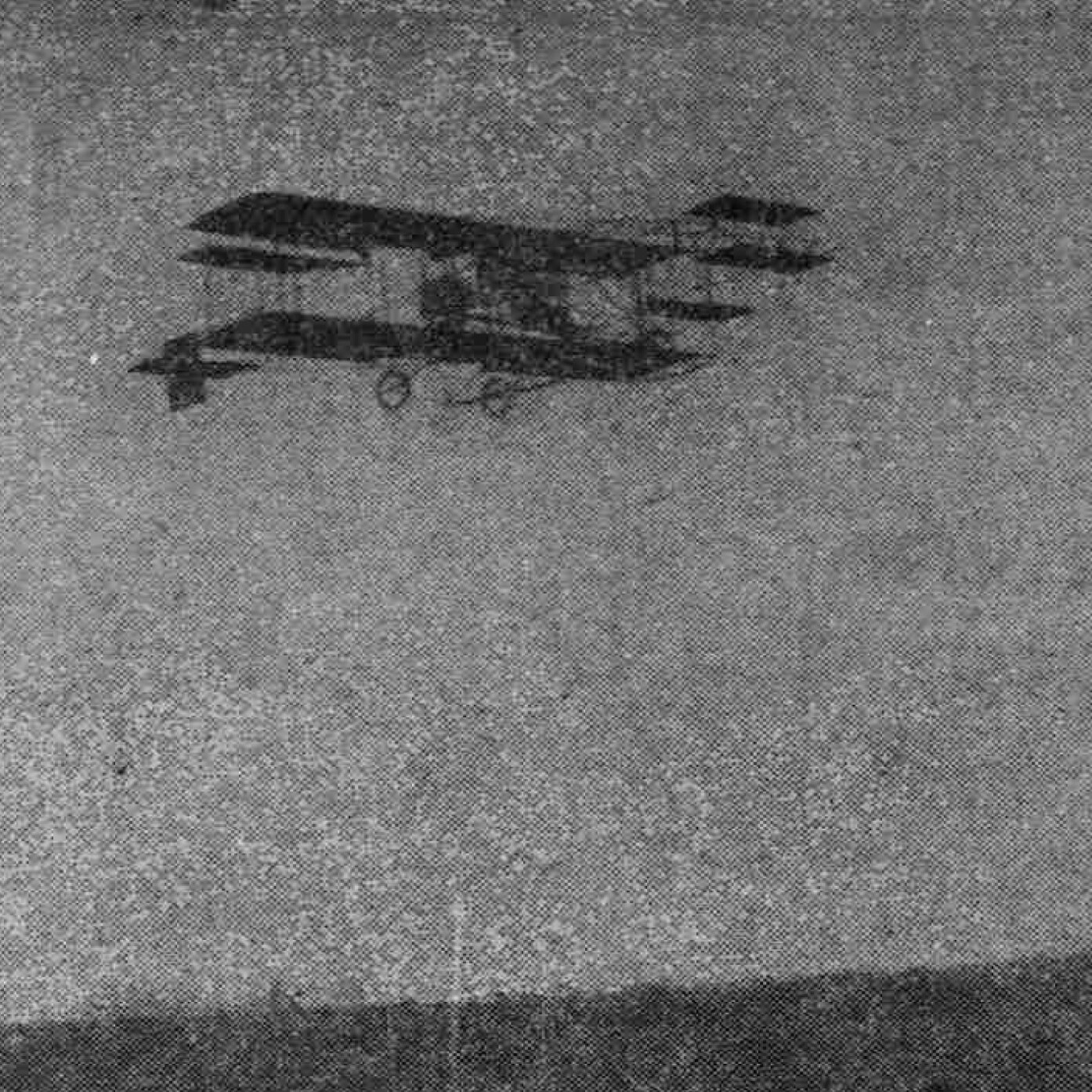
September 15, 1910
Charles Willard flew an airplane for six minutes in St. Johnsbury. The plane was brought by train from Boston to the Caledonia County Fairgrounds.
Read more about Charles Willard's flight over St. Johnsbury in the St. Johnsbury Caledonian from 1910.
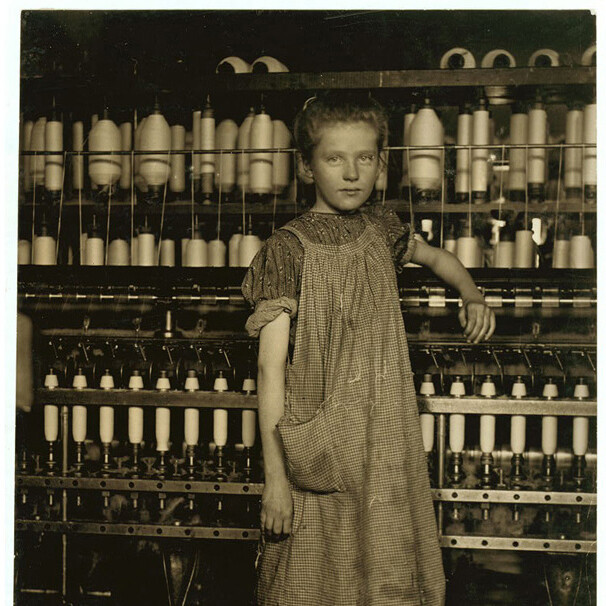
January 7, 1913
Important child labor laws are passed by the U.S. government. They limit the work week of children to fifty-eight hours. Photographs taken of children working even longer hours at woolen mills in Winooski and Bennington help convince people that these laws are needed.
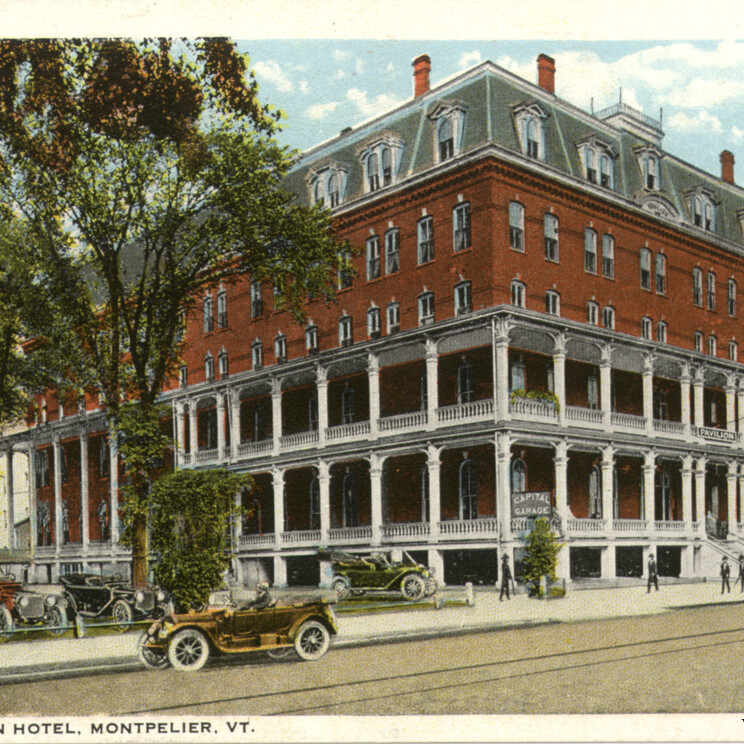
December 27, 1918
Frank Plumley, enjoying a meal in the dining room of the Pavilion Hotel in Montpelier, was delighted to find a large pearl in his serving of oyster stew.
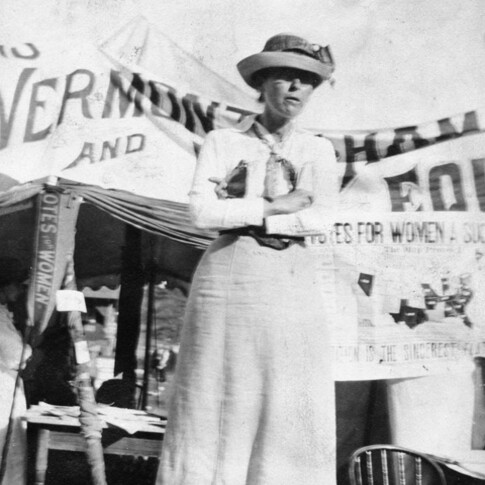
April 21, 1920
Four hundred women gather in Montpelier, in the pouring rain, in support of the nineteenth amendment giving women the right to vote.
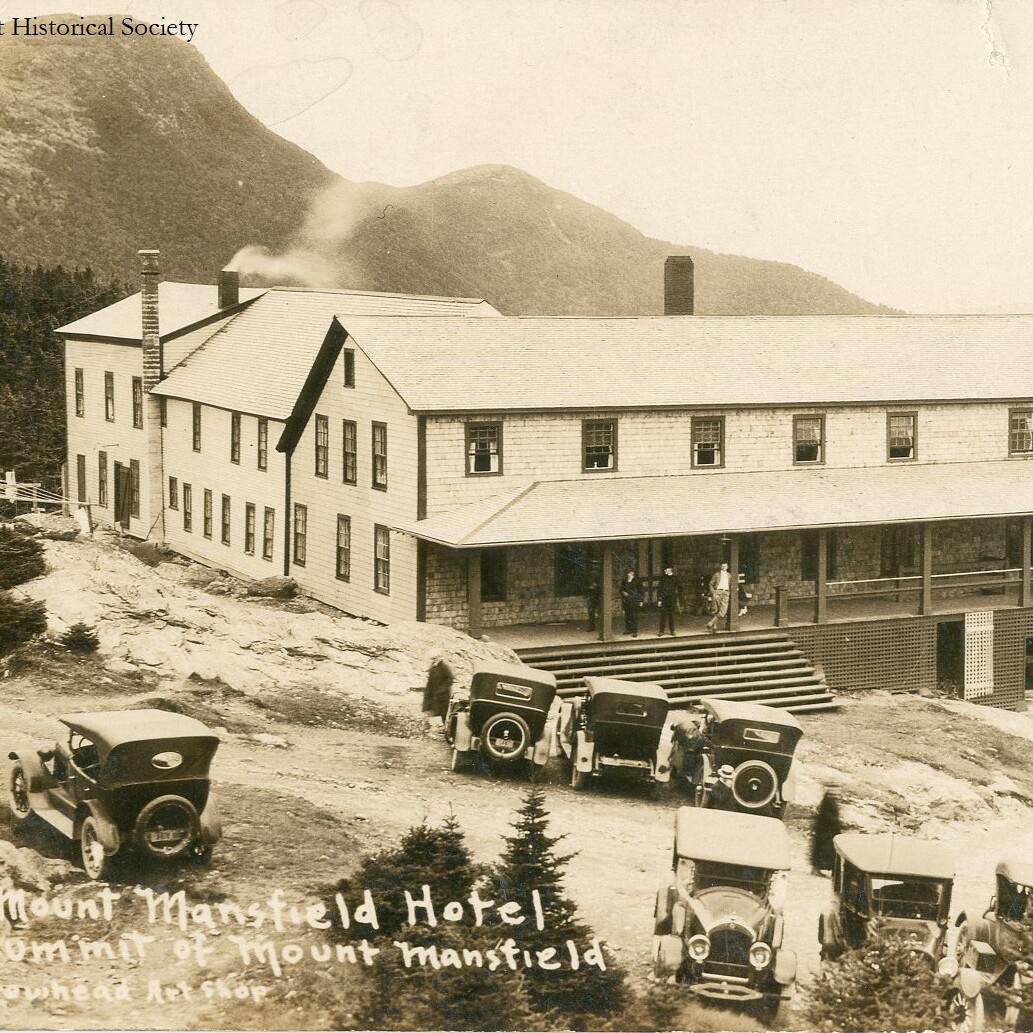
September 19, 1920
Captain Henry Stickney delivered airmail in Vermont for the first time. Stickney flew a plane to deliver mail to the Summit House, a hotel at the top of Mount Mansfield.
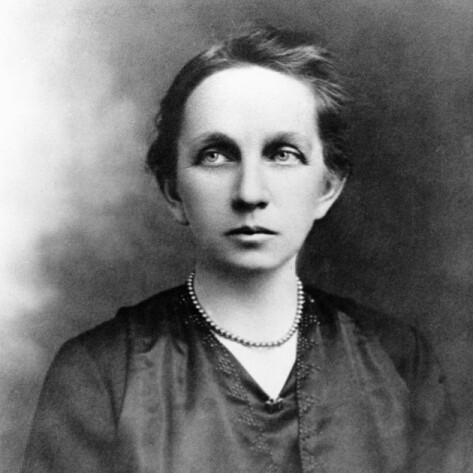
January 5, 1921
Edna Beard of Orange became Vermont's first woman legislator. There has never been a legislative session since without a woman member.
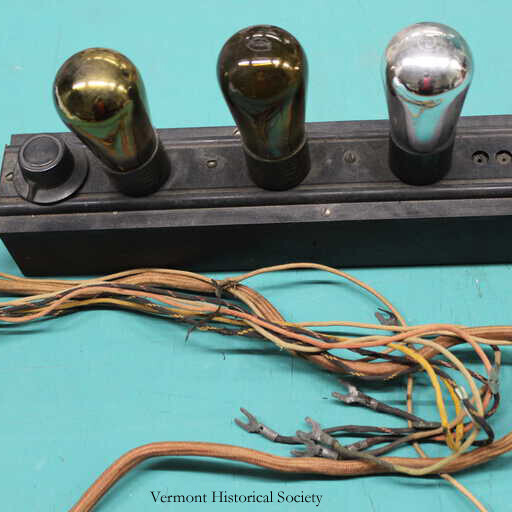
September 4, 1922
WLAK, Vermont's first radio station, began broadcasting in Bellows Falls. Charles Doe, the announcer, was on the air six hours a day, with weather, farming tips, and piano and gramophone music.
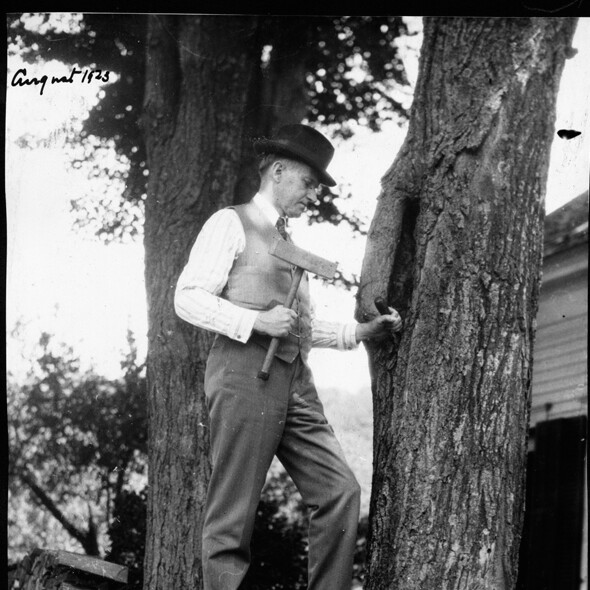
August 3, 1923
At his family home at Plymouth, vice-president Calvin Coolidge was awakened in the night and sworn in as the thirtieth president of the United States, after president Warren G. Harding died. His father, John Coolidge, a notary public, administered the oath of office.
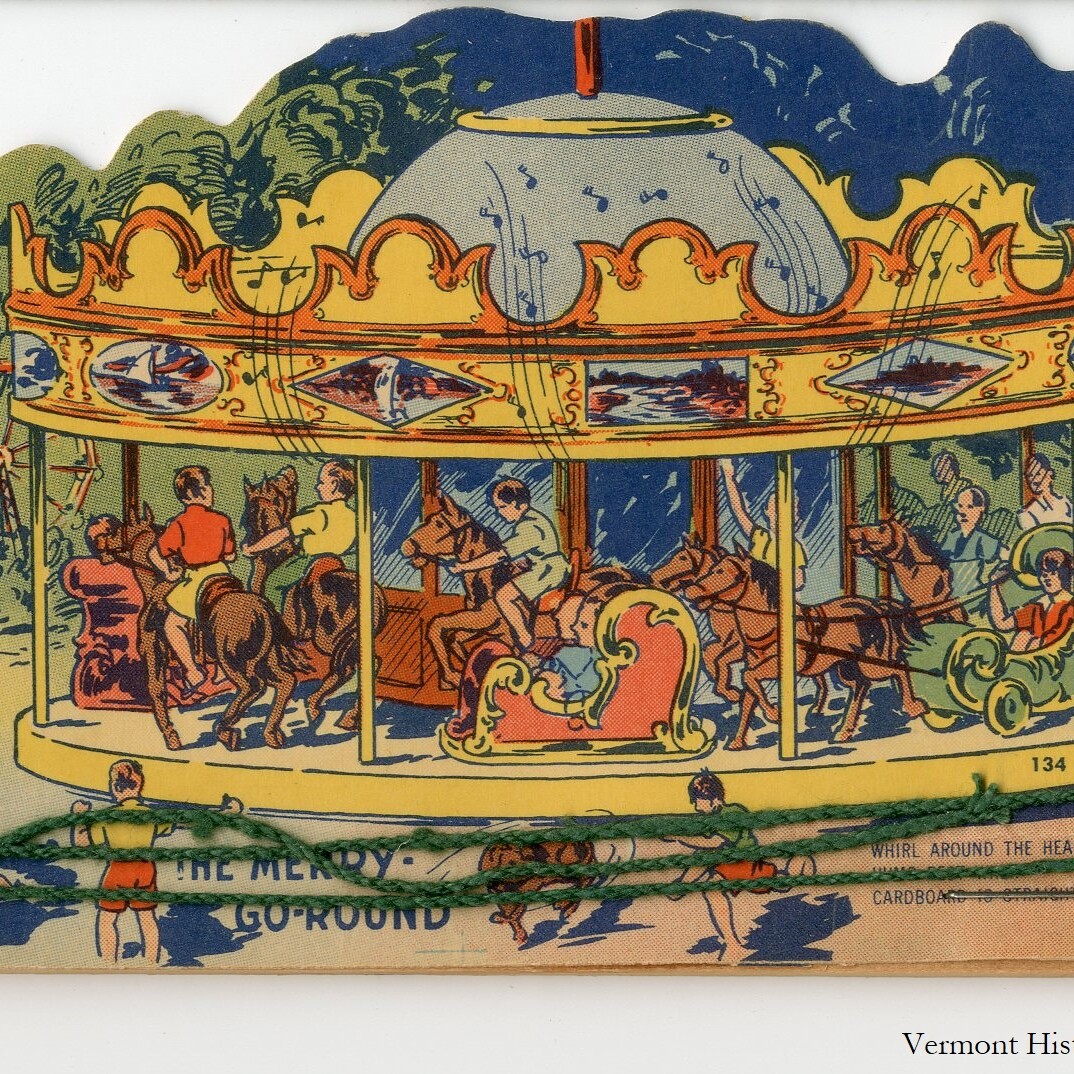
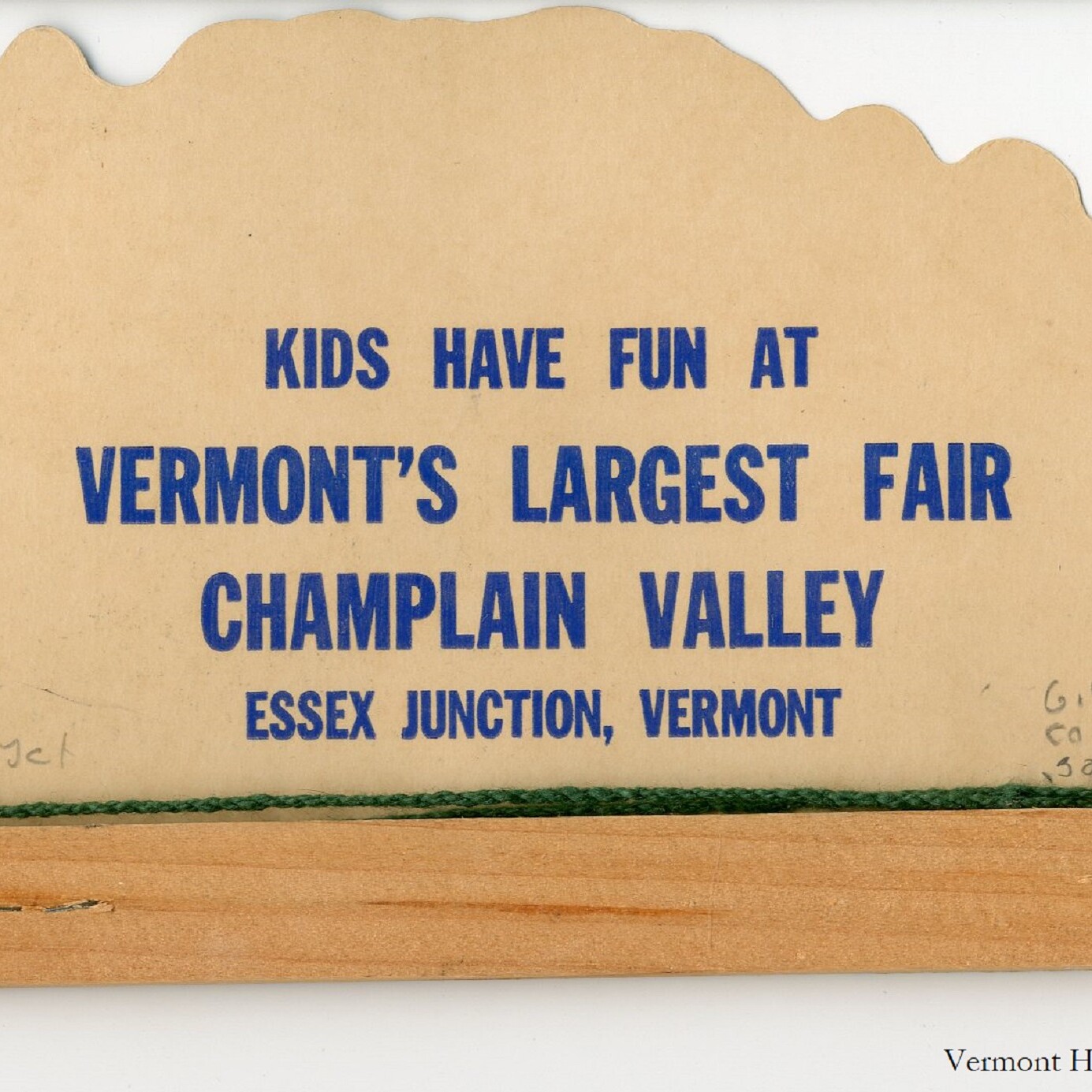
September 14, 1923
The Champlain Valley Fair finished its first season at the newly built Champlain Valley Exposition. Over 50,000 people attended. It began as the Essex Fair in Essex Center. The fair outgrew the old site and needed to move. The Champlain Valley Fair celebrates Vermont’s farming roots.
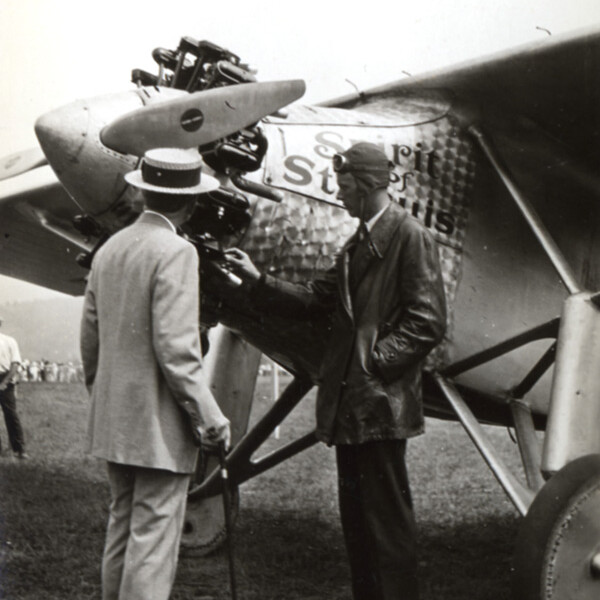
July 27, 1927
Charles Lindbergh, the first person to make a solo flight across the Atlantic Ocean from New York to Paris, visited Vermont's first airfield and flying school in Springfield.
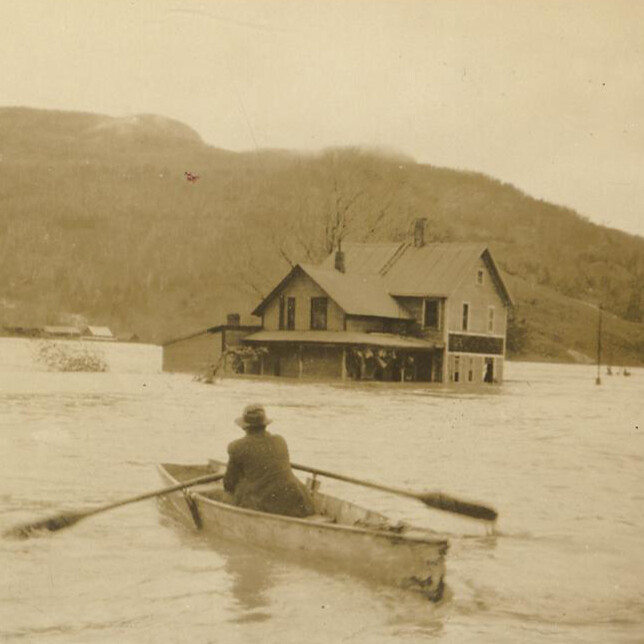
November 4, 1927
Vermont experienced the worst flood in its history. Over 9 inches of rain fell in two days causing rivers, fields and roads to flood.
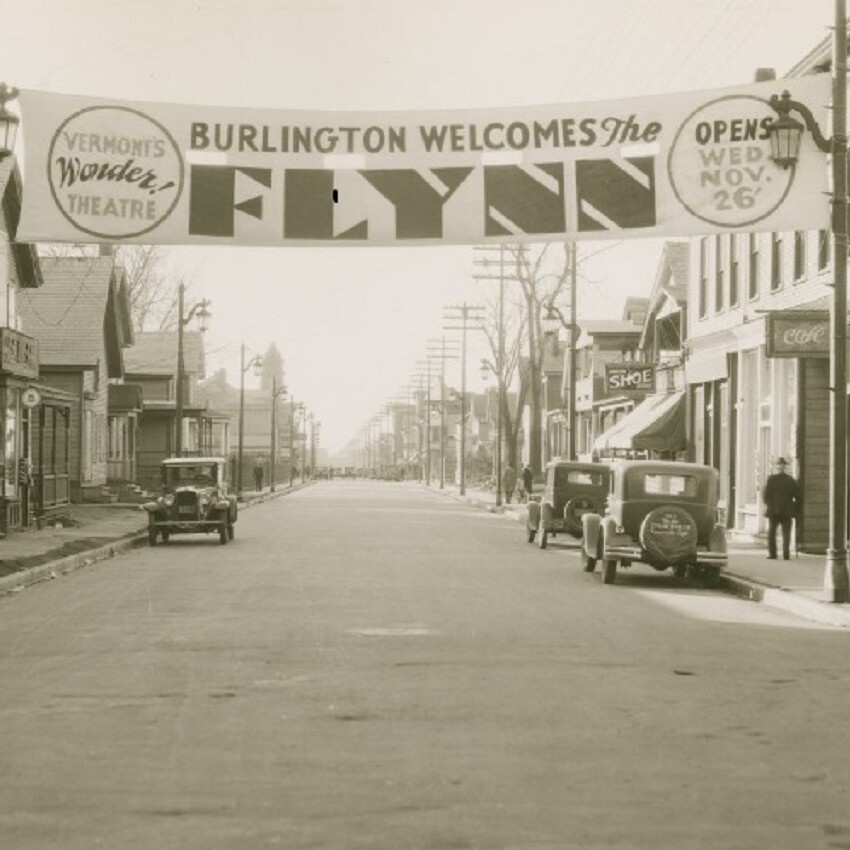
November 26, 1930
The Flynn Theater in Burlington opened. The theater had comedy shows and motion pictures (early movies). The Flynn is named for John J. Flynn. He was a rich businessman who lived in Burlington. Today, the Flynn hosts live shows and puts on camps and classes for students.
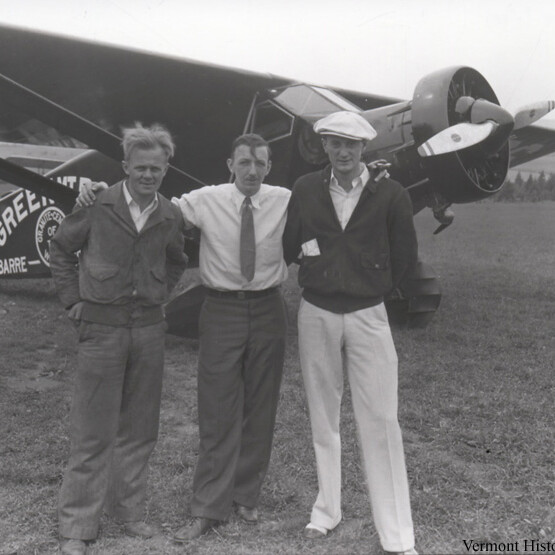
August 23, 1932
The airplane, The Green Mountain Boy, took off from Berlin, Vermont, for Norway and disappeared without a trace.
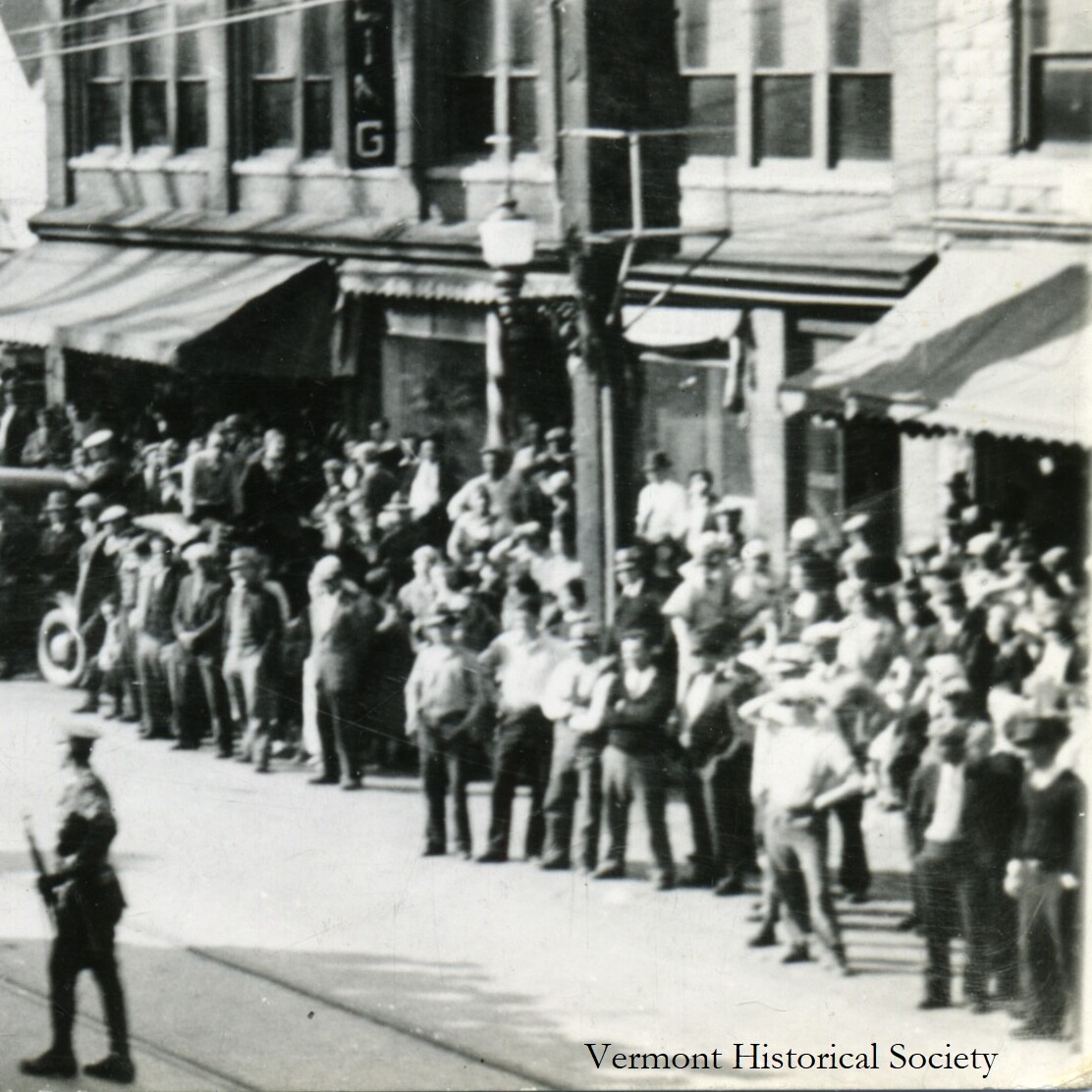
April 1, 1933
Barre granite workers and stonecutters stopped working to protest their pay being cut by 35%. The strike lasted for over a month. On May 5th, the Stonecutters Union said they would take the wage cut. The Granite Workers Union did not agree. In the end, the granite workers won full pay and went back to work.
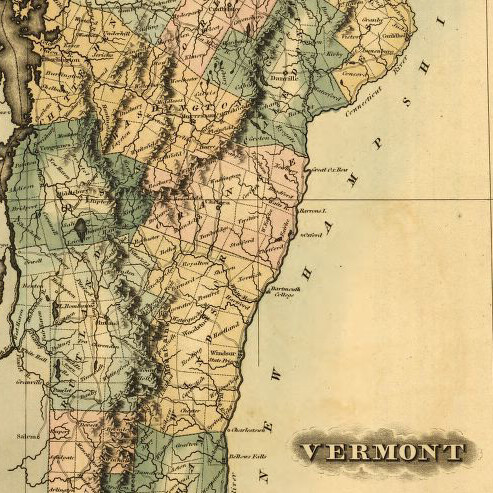
May 29, 1933
The US Supreme Court settled the border dispute between Vermont and New Hampshire. The states had been arguing over land along the Connecticut River since the 1780s. The Court ruled New Hampshire owns the river and Vermont's border ends at the riverbank.
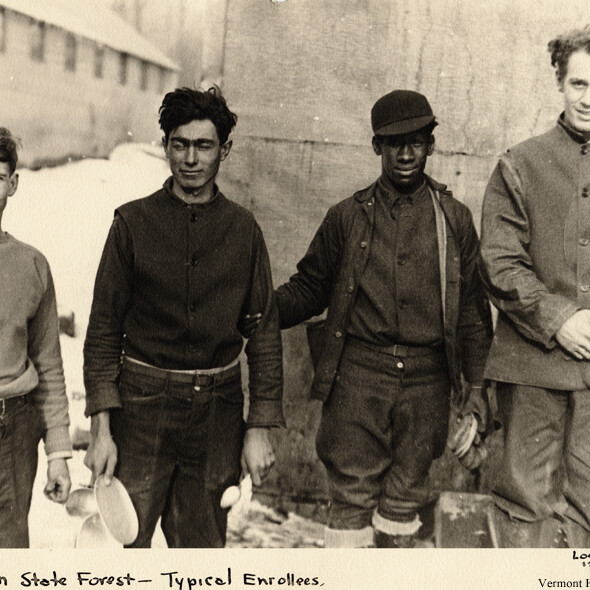
June 5, 1933
The first Civilian Conservation Corps (C.C.C.) in Vermont started work in Danby. The C.C.C. put unemployed men between the ages of eighteen and twenty-three to work on projects in the nation's forests and rural areas.
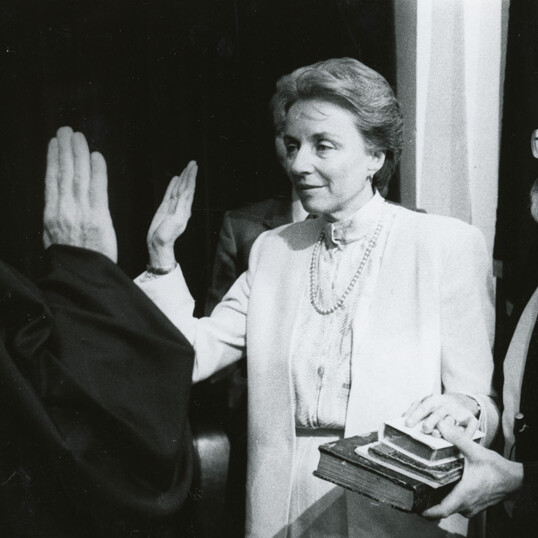
September 28, 1933
Governor Madeleine Kunin was born in Switzerland. Vermonters elected Kunin as the first female Governor. She served three terms, making her the first woman in the US to do so. As Governor, Kunin opened doors for other women.
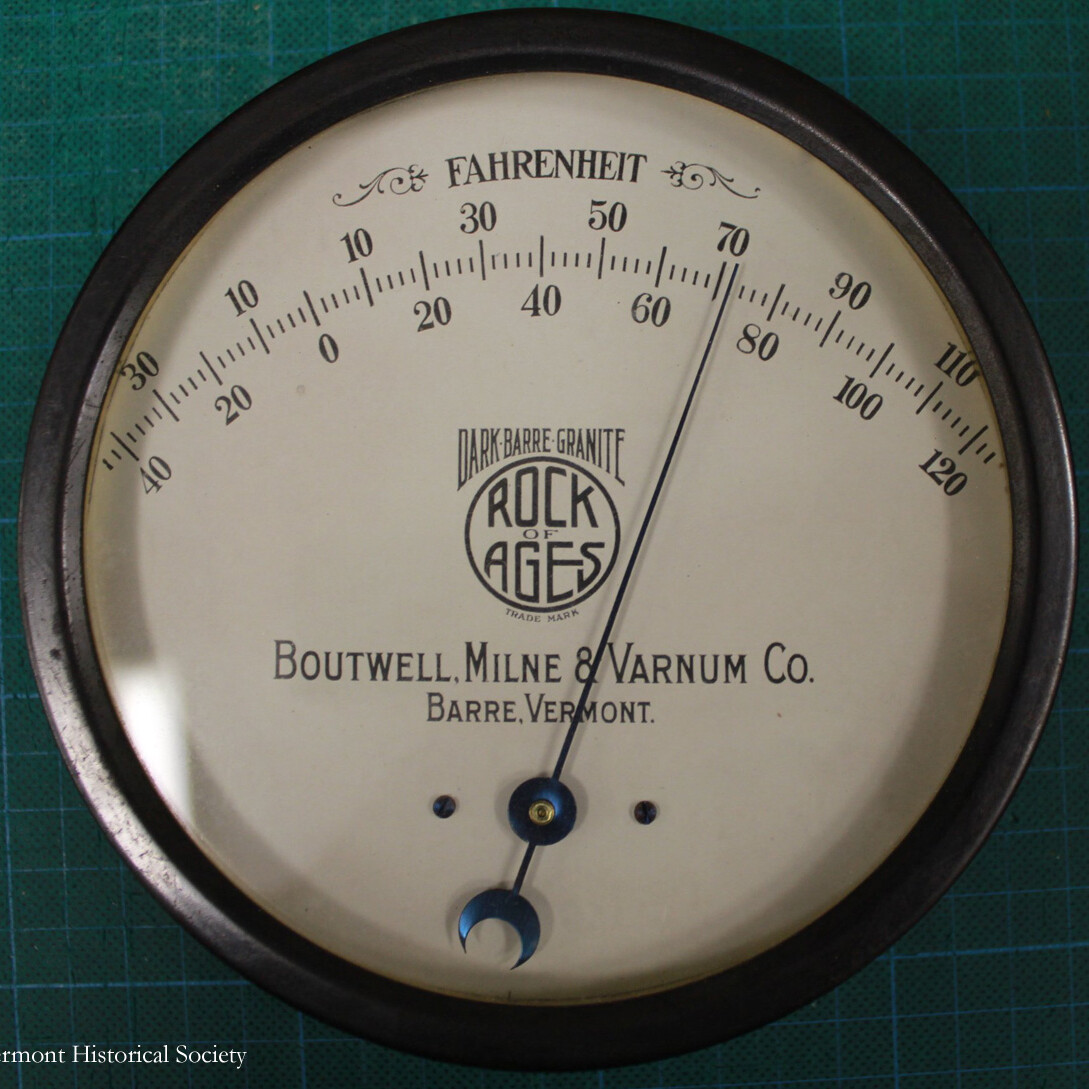
December 30, 1933
The temperature in Bloomfield, Vermont, dropped to fifty degrees below zero. This still stands as the lowest official temperature ever recorded in the state.
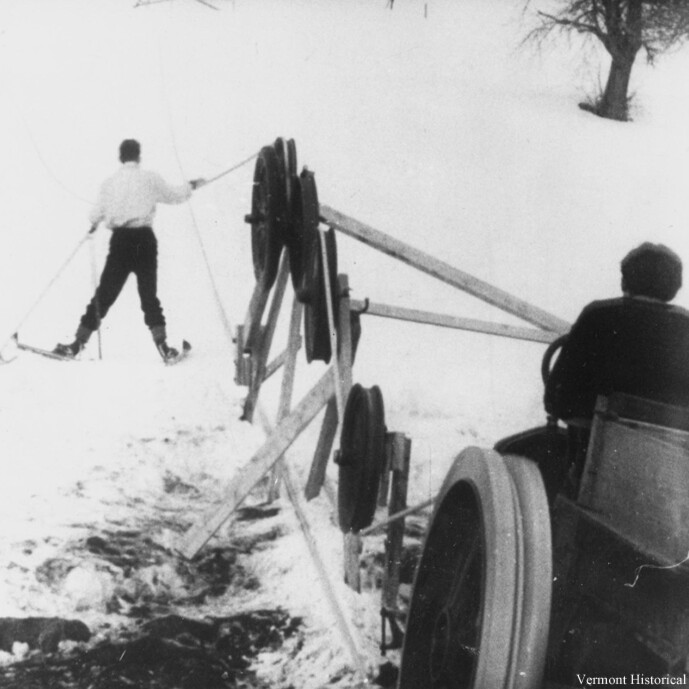
January 22, 1934
The first ski tow in the United States was set up in Woodstock, Vermont. The tow was powered by a Model T Ford engine which pulled the 900 yards of rope at a speed of thirty miles per hour. The first ticket for the rope tow was sold on January 28th.
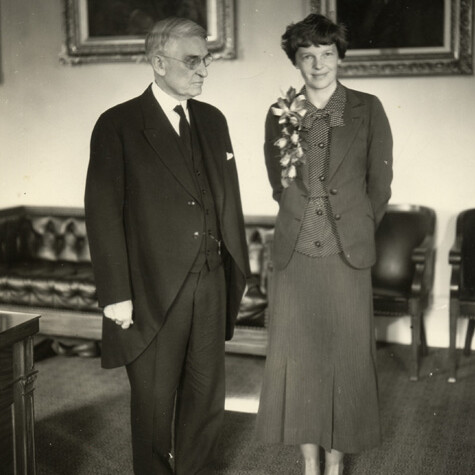
March 7, 1935
Amelia Earhart, who later became the first woman to make a solo flight across the Atlantic Ocean, speaks to the legislature on the future of the airplane.
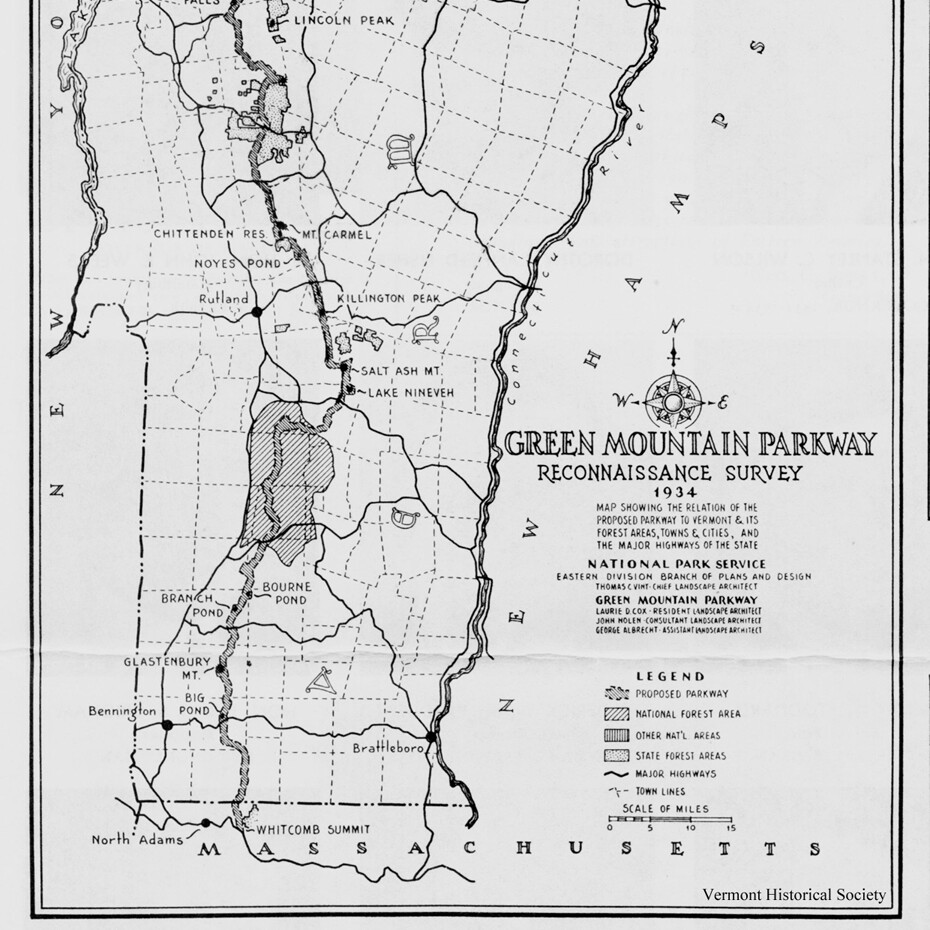
March 3, 1936
Voters on Town Meeting Day vote against building the Green Mountain Parkway, a highway to connect the peaks of the Green Mountains.
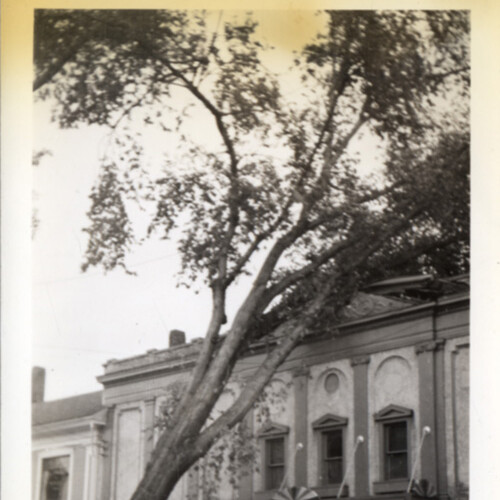
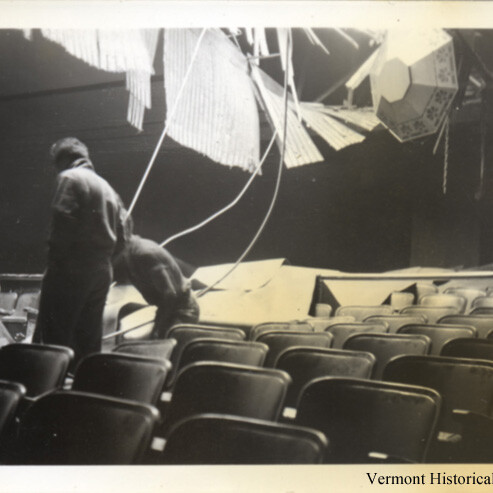
September 21, 1938
A terrible hurricane caused the deaths of five Vermonters and cost more than twelve million dollars in damage.
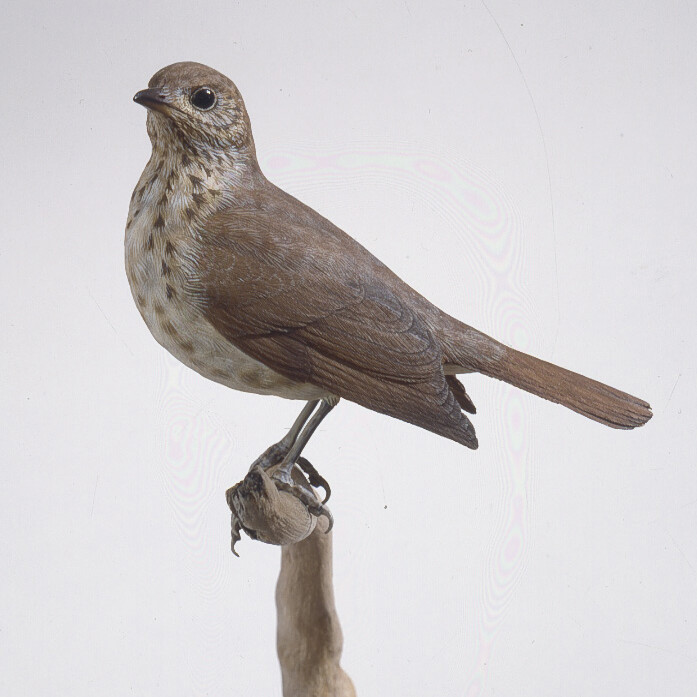
June 1, 1941
The hermit thrush became the Vermont state bird. The hermit thrush lives in Vermont from spring to fall.
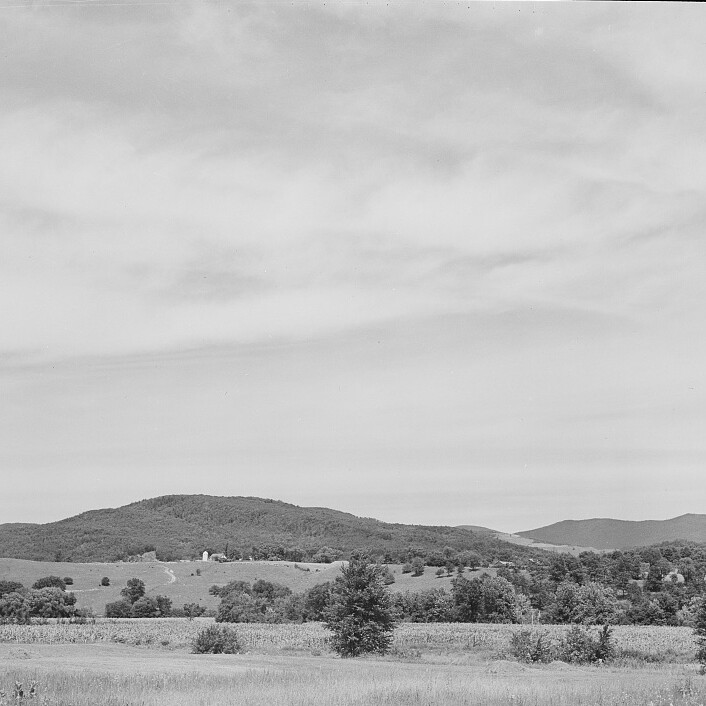
September 26, 1945
The World War II Victory ship S. S. Brandon, named for the Vermont town, arrives in Boston with a cargo of U.S. soldiers returning from the war in Europe. Victory ships were built quickly during wartime to carry soldiers and supplies.
Copy and paste this citation to show where you did your research.
Vermont Historical Society. "Vermont history from 1900-1949." Vermont History Explorer. Accessed December 22, 2025. https://sitemap.vermonthistoryexplorer.org/timeline1900-1949
